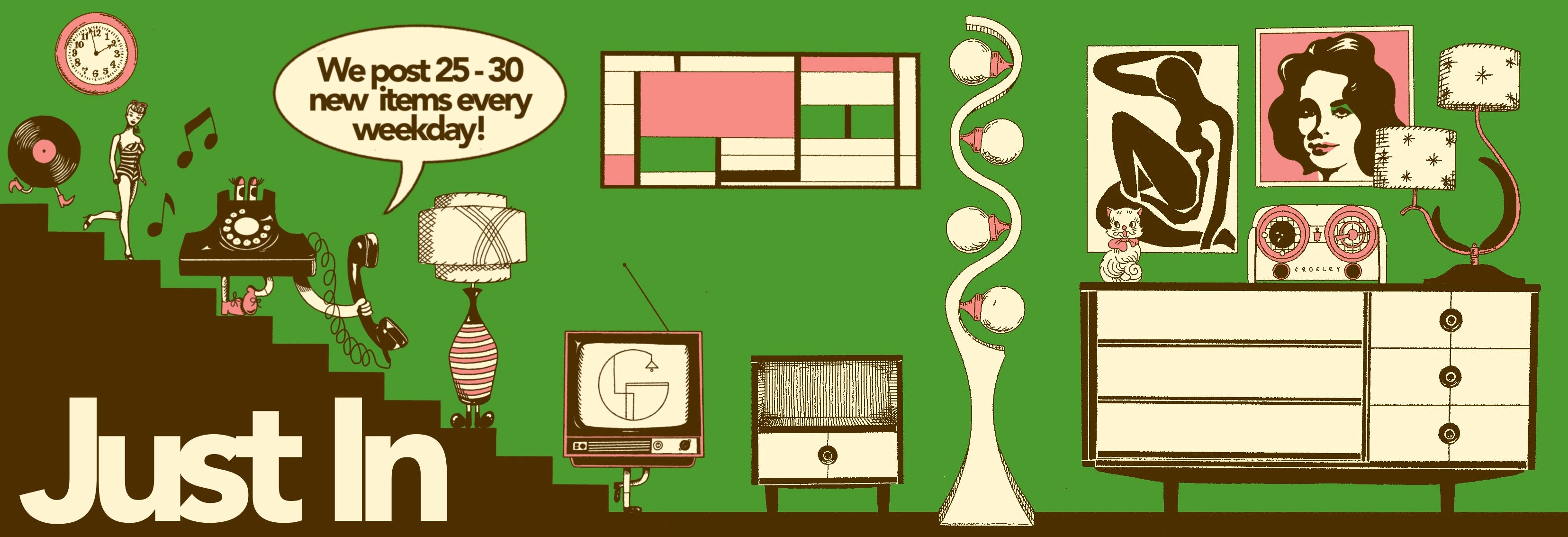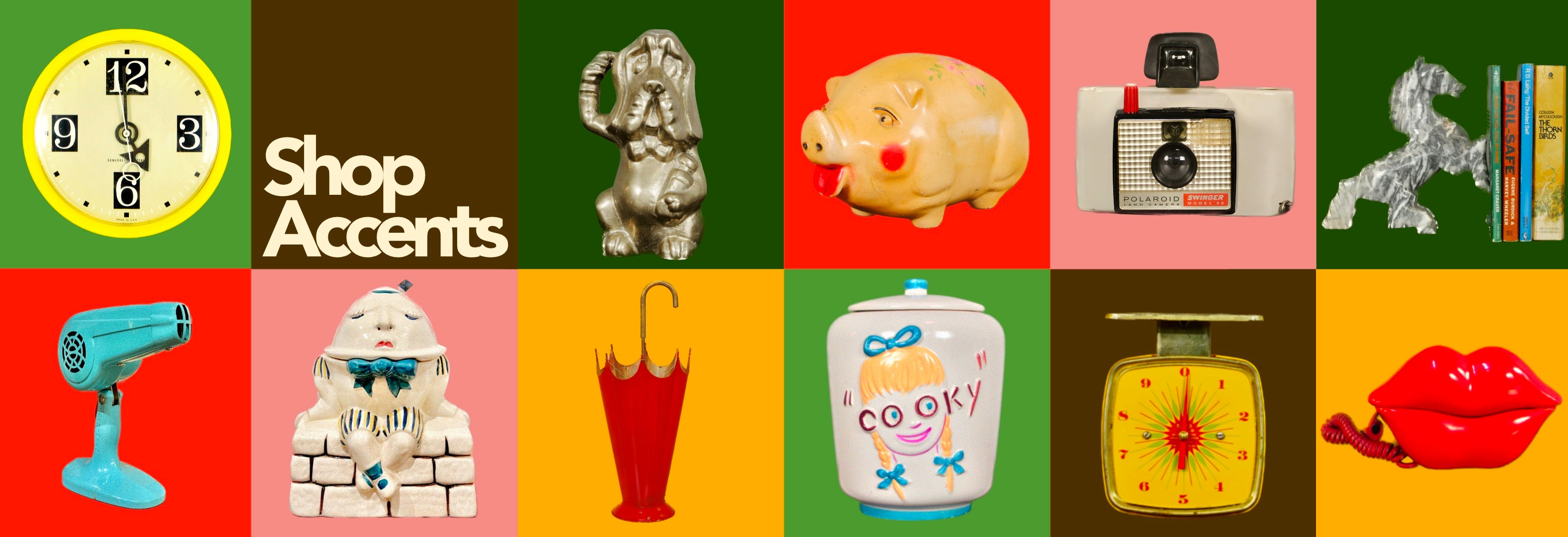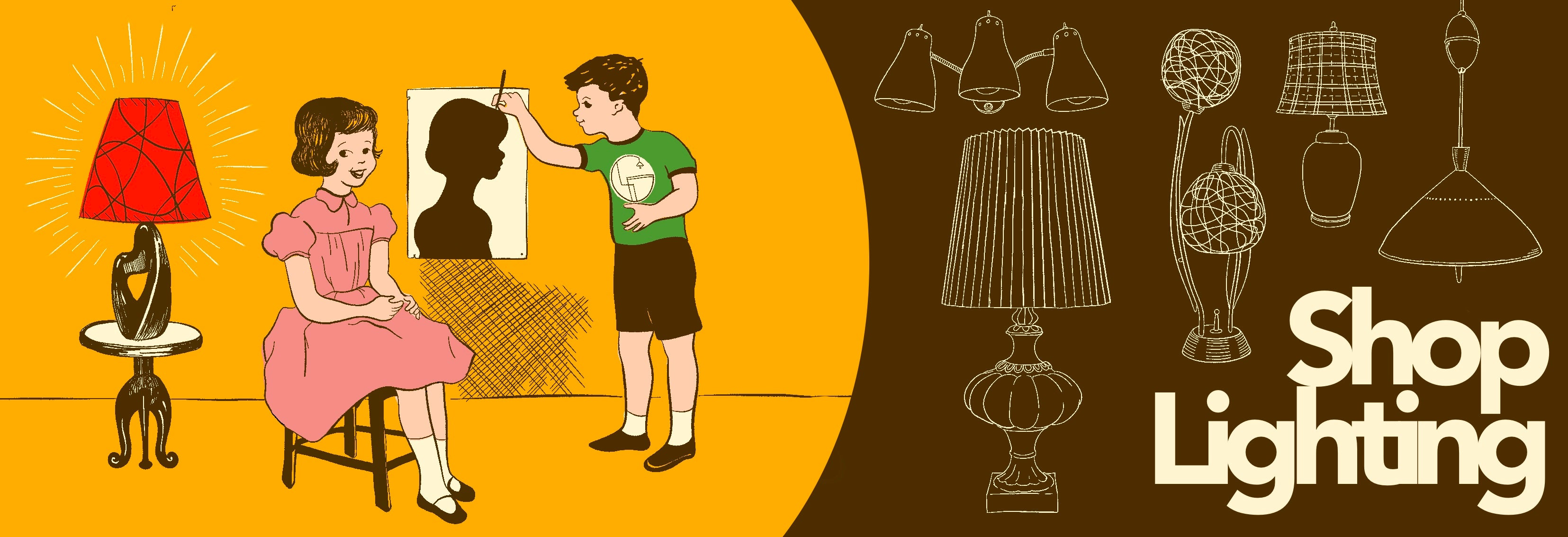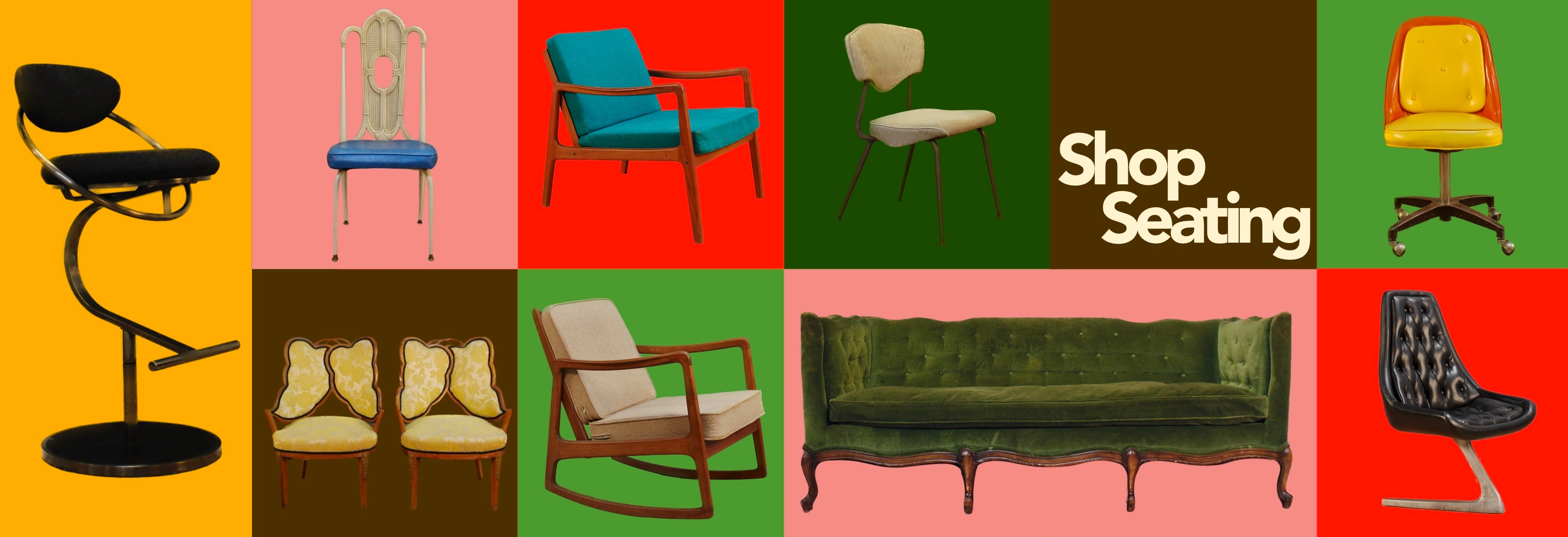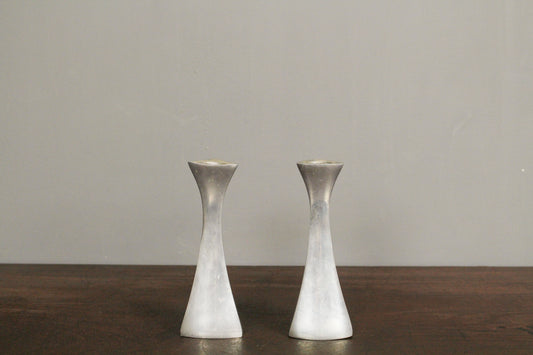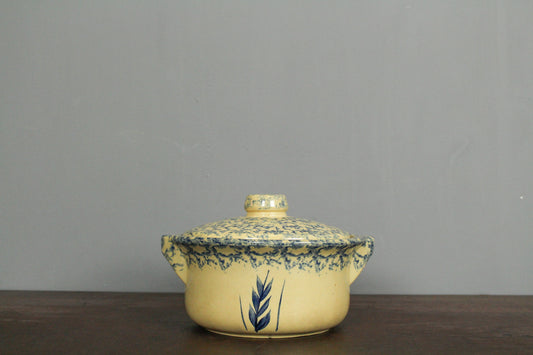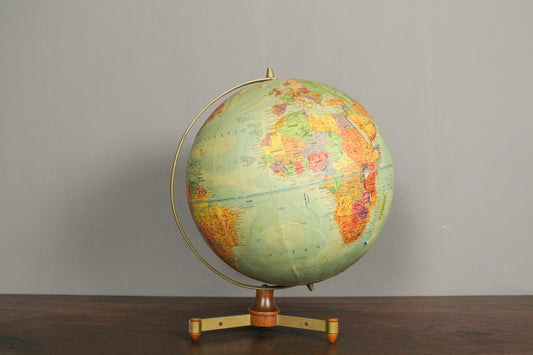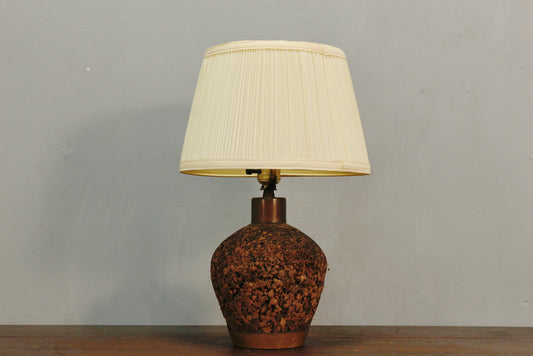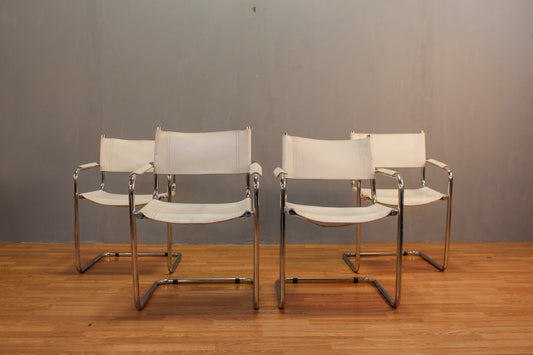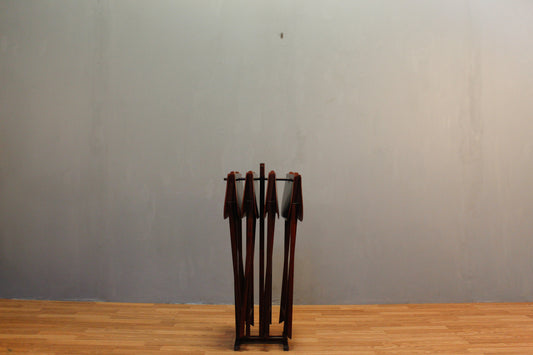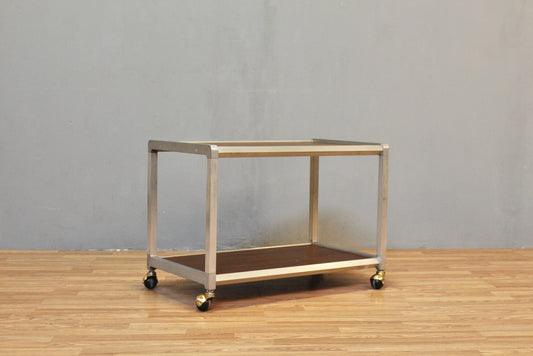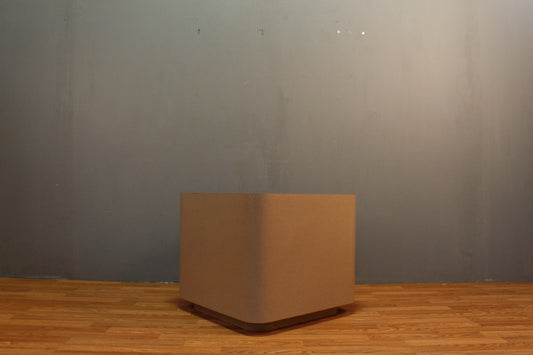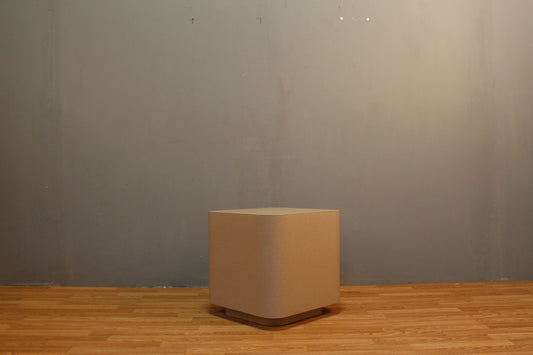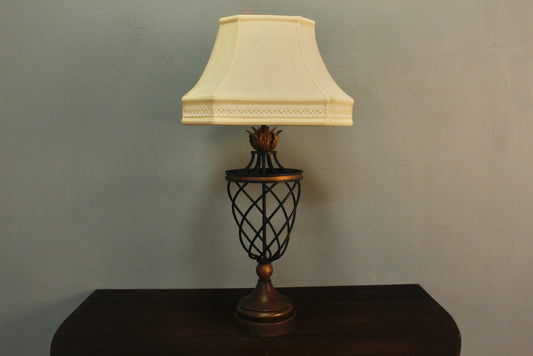NEW ARRIVALS
Furnish Green is a curated vintage store where you can find reasonably-priced furniture and treasures to decorate your space.
We add 25 new pieces of furniture, art, home décor, and retro ephemera every weekday!
-
Pair Of Nambe Silver Candesticks
Regular price $37.00Regular priceUnit price per -
Roseville Ceramic Blue Wheat Pot
Regular price $41.00Regular priceUnit price per -
Ceramic Phrenology Bust
Regular price $34.00Regular priceUnit price per -
1960s Replogle Rocket-Base Globe
Regular price $84.00Regular priceUnit price per
ON SALE
-
Small Mid Century Cork & Walnut Table Lamp
Regular price $126.00Regular priceUnit price per$186.00Sale price $126.00Sale -
Mart Stam-Style White Cantilever Armchair
Regular price $120.00Regular priceUnit price per$176.00Sale price $120.00Sale -
Set Of 4 Folding Tray Tables with Stand
Regular price $100.00Regular priceUnit price per$146.00Sale price $100.00Sale -
 Sale
SaleKrups Kitchen Scale
Regular price $40.00Regular priceUnit price per$57.00Sale price $40.00Sale -
Low Aluminum & Laminate Cart
Regular price $170.00Regular priceUnit price per$226.00Sale price $170.00Sale -
Granite Laminate Cube Side Table
Regular price $150.00Regular priceUnit price per$208.00Sale price $150.00Sale -
Small Granite Laminate Cube Side Table
Regular price $120.00Regular priceUnit price per$164.00Sale price $120.00Sale -
Hollywood Regency Iron Lattice Table Lamp
Regular price $130.00Regular priceUnit price per$174.00Sale price $130.00Sale

